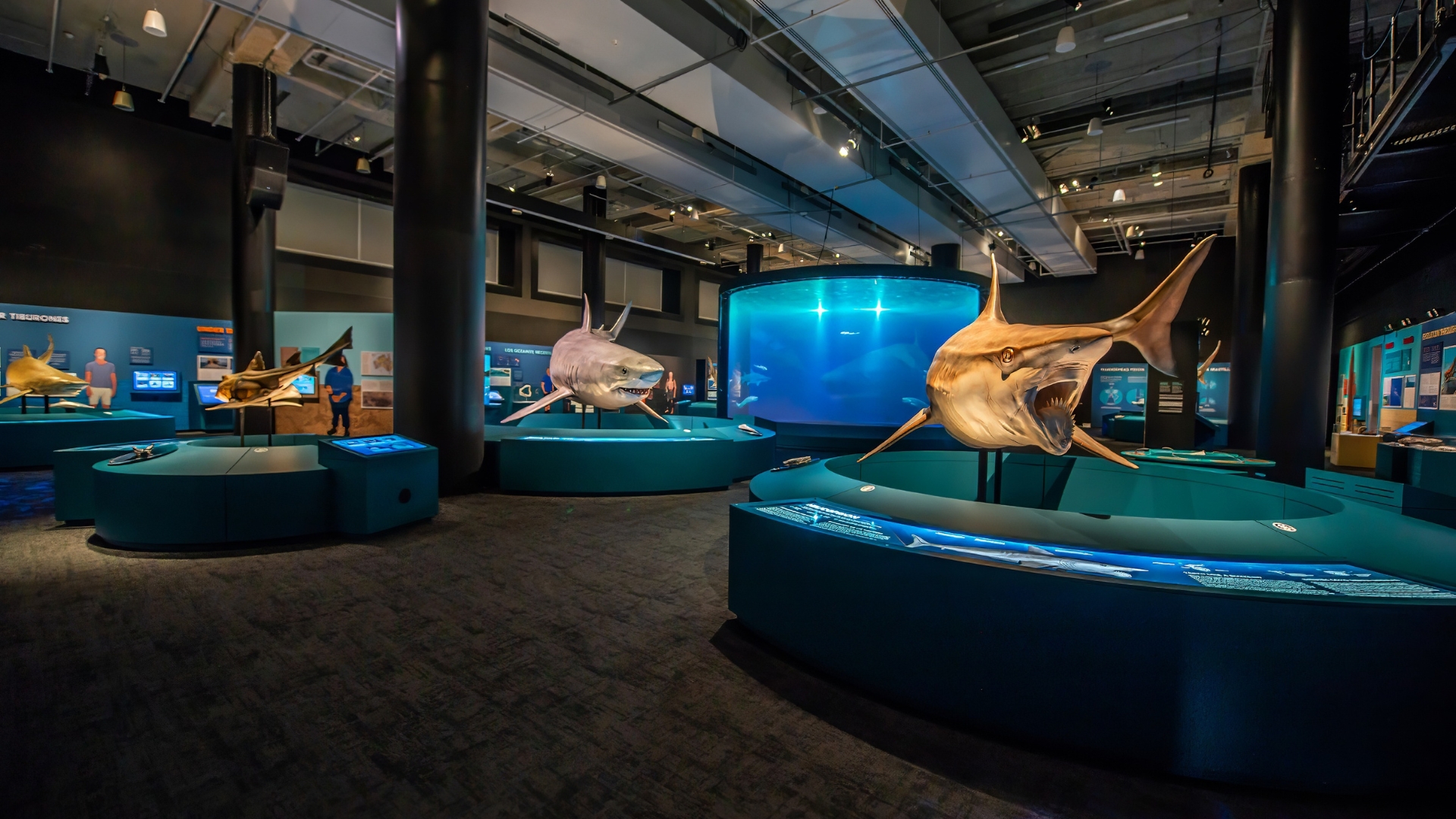
As we say goodbye to the Sharks special exhibition (closing Sunday, April 21), the world is saying hello to a new family of sharks. Meet Dichichthyidae: the bristle sharks! Consisting of five species, the bristle sharks form a distinct group of deepwater catsharks. And much like the Sharks exhibition, they came from the Indo-Pacific region of the world, including Australia and New Zealand.
- Image Credit: Carl Struthers, Museum of New Zealand Te Papa Tongarewa
The bristle sharks are not entirely new to science. Four species had previously been categorized in another catshark family. While examining specimens stored in museum collections (including one collected in 1964!), live specimens and sightings of wild sharks in underwater surveys, and even a photograph of a shark caught by a fisher, scientists noted some common characteristics that set this group apart. They have also described one brand-new species, the roughback bristle shark (Dichichthyis satoi), found in the waters off northern New Zealand.
One unique characteristic of the bristle sharks is the shape of their denticles, the microscopic “teeth” on their skin, which have been described as “bristle-like.” Another is the ridged and multi-layered structure of their egg cases. The scientists also had access to DNA sequence information for a pair of the sharks, which demonstrates that the bristle sharks are genetically distinct from other catsharks.
- Image Credit: White et al. (2024)
- Image Credit: Frost Science
The story of the bristle sharks not only highlights the value of museum collections to science, but also the plethora of discoveries that await us in the ocean. Scientists have explored just a fraction of the ocean to date. As technology improves and we can study more of the planet’s waters, we are sure to find previously unknown creatures and scientific phenomena.
Have you already explored our Sharks special exhibition? If you haven’t made it, you still have a couple of weeks left to see shark egg cases, touch shark denticles, and experience the fascinating world of these magnificent predators. Come check it out before Sunday, April 21!


